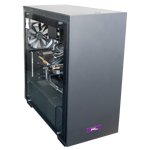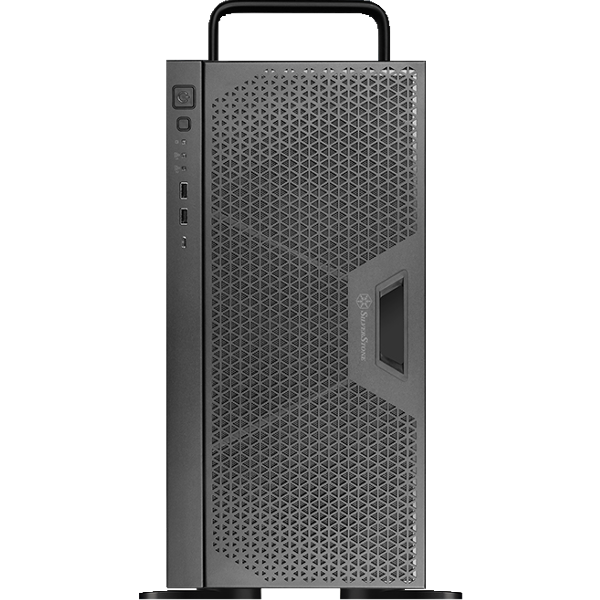Why Liquid Cooled Workstations?
As anyone familiar with computer hardware knows, computational loads create heat. Lots of heat. As a result, it is essential to have a good cooling system to keep the pc components from running at excessively high temperatures, which can dramatically shorten their duty cycle. Traditionally, PCs have been temperature controlled by air cooling. A copper heatsink with a loud built-in fan is affixed to the CPU (and other components, such as the GPU). The fan pulls air through the copper fins of the heatsink, which causes the heat to flow naturally from the CPU into the copper of the heatsink. It’s cheap, reasonably effective, and there’s no maintenance required (other than blowing out the dust periodically). However, there are certain circumstances when the efficiency and quiet operation of water cooled workstations are the ideal tool for the job. The two main use cases are:
- The workload is demanding enough to cause the hardware components to heat up beyond the capabilities of an air cooling system.
- The fans in an air cooled system are so disruptive for the work environment, a silent PC is much preferred.

Mid-Tower
AMD Ryzen
128GB DDR5, 4800MHz
6 bays 3.5"
Power Supply: Single

